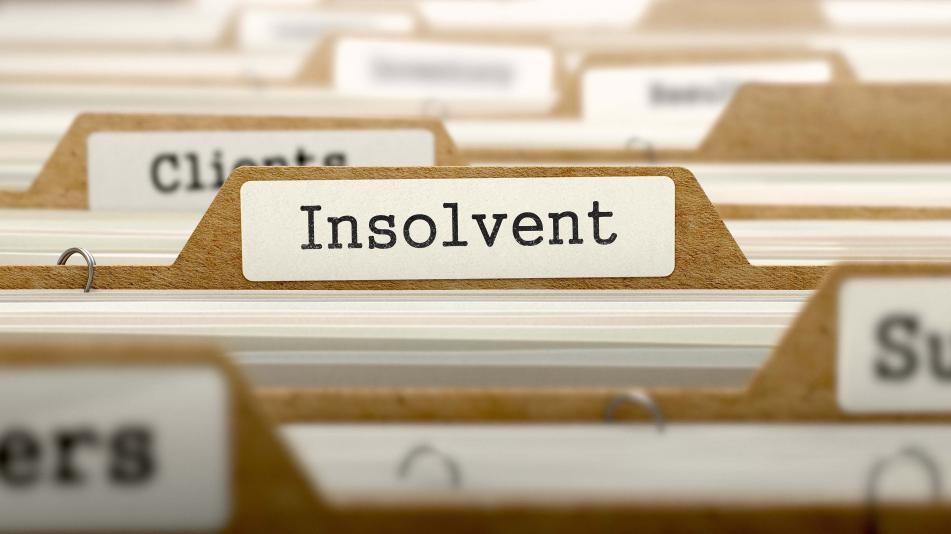Trends in insolvencies - Businesses don't fail overnight

Insolvency on the rise
The number of insolvencies in Australia rose 13 per cent year-on-year in 2015, according to ASIC insolvency statistics released in March this year.
Insolvencies jumped from 8,794 in 2014 to 10,164 in 2015, marking a reversal of the downward trend in external administrations that had been seen since mid-2013. The most frequently cited causes of failure in 2014-15 were cash flow issues, poor strategic management and trading losses.
The number of companies entering external administration rose in all Australian states and territories except Tasmania, with insolvencies in Western Australia hitting a record high in 2015.
Business failures no surprise
The upward trend in insolvencies has been illustrated by a number of recent, well-publicised cases of business closures, including major retailers Dick Smith and Koko Black.
These are the kinds of closures that spark headlines about big businesses failing ‘out of the blue’. But the reality is, these events can be seen well in advance.
In the case of Dick Smith, the signs of financial difficulty were clear for two years before the business folded. The company was trading in a competitive space and had slow turnover, poor capital structure, unsustainably high levels of debt and poor cash flow.
Over those two years, Dick Smith’s credit behaviour became increasingly unreliable, which should have been a red flag to its lenders and suppliers.
Similarly, the closure of Koko Black was preceded by the business paying its creditors later and later over a period of several months.
Understand the warning signs
When a company starts experiencing financial trouble, one of the first things it will do is stop paying its suppliers.
Cash flow can make or break a business. If a company stops paying its suppliers, a ripple effect can begin, radiating out from the original insolvent business and damaging any unprepared company it comes into contact with.
To avoid being caught unawares, business owners and operators need to be able to see the signs of financial distress ahead of time, and have proper processes in place to keep themselves safe.
Doing an initial credit assessment before taking on new customers, maintaining regular credit monitoring practices and registering interests and assets on the Personal Properties Securities Register (PPSR) can help businesses significantly minimise their losses in the event of customer insolvency.
If a company is showing signs of being at risk of insolvency, that doesn’t necessarily mean other organisations shouldn’t do business with them – they just need to go into these relationships with their eyes open.
Our top tips to keep your business safe
The wealth of data and expertise from Equifax means we are well placed to help organisations see potential risks when renegotiating terms with clients or entering into new business relationships.
Try these three tips to steer clear of risky relationships
- Be careful when signing new customers – Businesses can be blindsided by the promise of big revenues. But there’s no point signing up a customer who seems lucrative if the payday never comes. Do your due diligence before you take on a new business relationship.
- Do checks upfront – Don’t be shy when it comes to doing initial checks. If you know your customers’ credit profiles you can minimise risk and won’t be caught unawares by a business entering external administration.
- Don’t get complacent – Ensure you have a structured process in place for all existing customers. Cash flow is king, and a customer’s cash flow could change at any time. Check in with all your customers on a regular basis and use the available tools, like the PPSR, to protect your business against losses.

